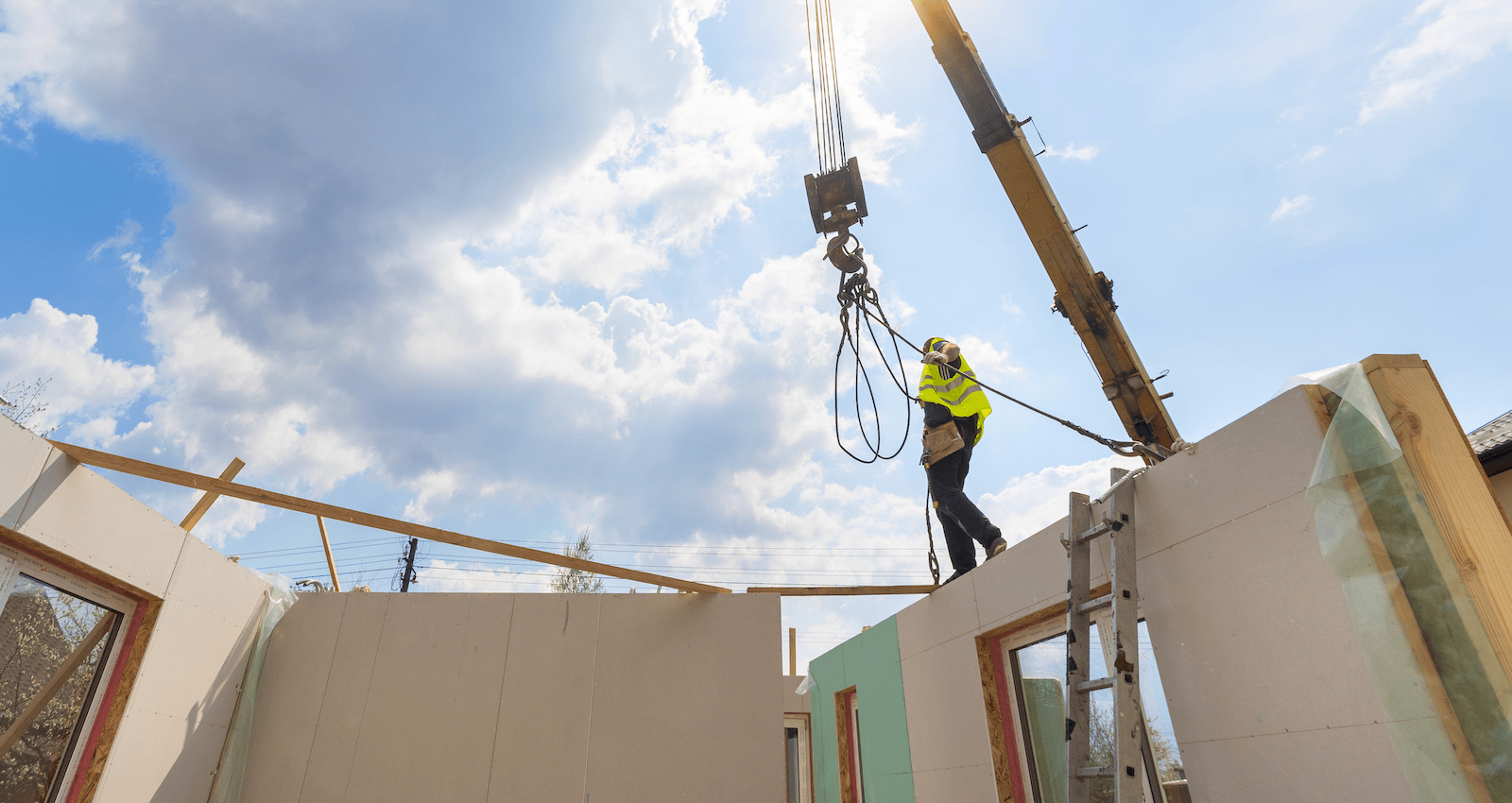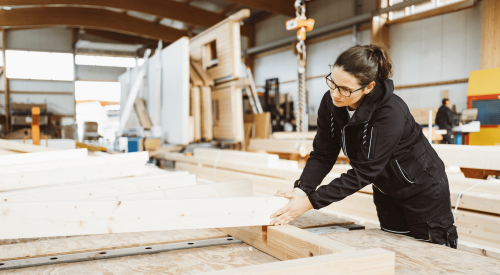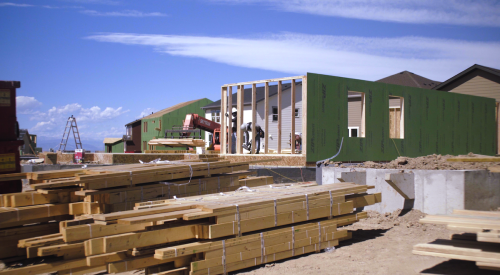The process of framing a home, let alone an entire housing development, looks nearly identical to what it did 100 years ago. Despite tremendous advances in robotics, advanced manufacturing, and even artificial intelligence, raw manpower and Skil saws still build our homes … increasingly at a slower pace and often at lower quality. Until we can empower our trades with 21st-century tools, we will continue to experience 20th-century results.
Our industry is struggling to tread water, with demand for about 1.5 million new homes a year—which doesn't account for the additional deficit of housing we've created during the last decade as the industry recovered from the Great Recession. To add insult to injury, our labor force isn't getting replenished. In some states, as much as 70% of residential construction labor is older than 50, with 1% younger than 30—not a recipe for replenishing our housing stock.
In light of that uncomfortable reality, we should no longer discard the siren song of high-tech construction. Instead, we need to embrace it.
RELATED
- Off-Site Construction: A Real-World Study
- On-Site vs. Off-Site: a Total Cost Analysis for Home Builders
- Precut Framing Field Test: Does This Off-Site Solution Earn Its Keep?
Technology's Potential to Empower Construction Workers
Technology and labor aren't mutually exclusive. Innovations like the nail gun didn't replace carpenters, it augmented hammers as a tool to help framers build faster and easier. Off-site construction and prefabrication can and should be another tool in the framer's toolbelt to get housing production and supply back up to meet current and ongoing demand.
Today we can build custom ADUs (accessory dwelling units), homes, and townhomes off site with assembly-line efficiency thanks to advanced software, if not even with the extremes or expense of robotics or machinery. On site, framers can stand up the components of these homes in hours rather than weeks, eliminating wasted time, cost, and materials.
What's more, implementing this technology only comes about by empowering—not replacing—our nation's skilled tradespeople and construction technologists. With the right technology, partnered integration, and cutting-edge processes, we can double our combined output without adding a single hour to the timecard.
I recently saw this in action with a pilot program in the San Diego area. Off-site technology, along with a qualified team, framed a 2,200-square-foot completely custom coastal home in just five days … compared with the multiple weeks that phase of construction can take.
Automating Repetitive Work
By digitizing custom plans from architects and optimizing for DFMA (design for manufacturing and assembly), home builders can automate much of the repetitive work to create "rough-inspection ready" panels in a factory. These panels can arrive code-compliant, complete with framing, windows, weather barriers, and roughed-in mechanical systems. Furthermore, "just in time" delivery of these products to the jobsite, ready to be installed and inspected, reduces the impact on the neighborhood and the environment.
DFMA is a methodology that focuses on simplifying the design of a product to improve ease of manufacture and efficiency of assembly.
By reducing materials waste and the time spent on site coordinating and correcting mistakes, this process supports the framers' ability to do their job efficiently and effectively. In short, framers can be far more efficient in a shorter time.
Framers deserve this type of support, and no better time exists to provide it than right now. Empowering these craftspeople with new technology and better processes will also serve as the catalyst for a very much needed injection of new homes into the housing supply for families across the United States. We in the construction industry must do our part to embrace a new way of thinking to keep up with that demand. I believe we're more than ready to tackle this challenge head-on.
Garrett Moore is the CEO and co-founder of Agorus, a company on a mission to accelerate the world’s transition to off-site construction. Agorus leverages its custom software and automated factory to empower builders with the future of construction. He can be reached at garrett@agorusbuild.com.













